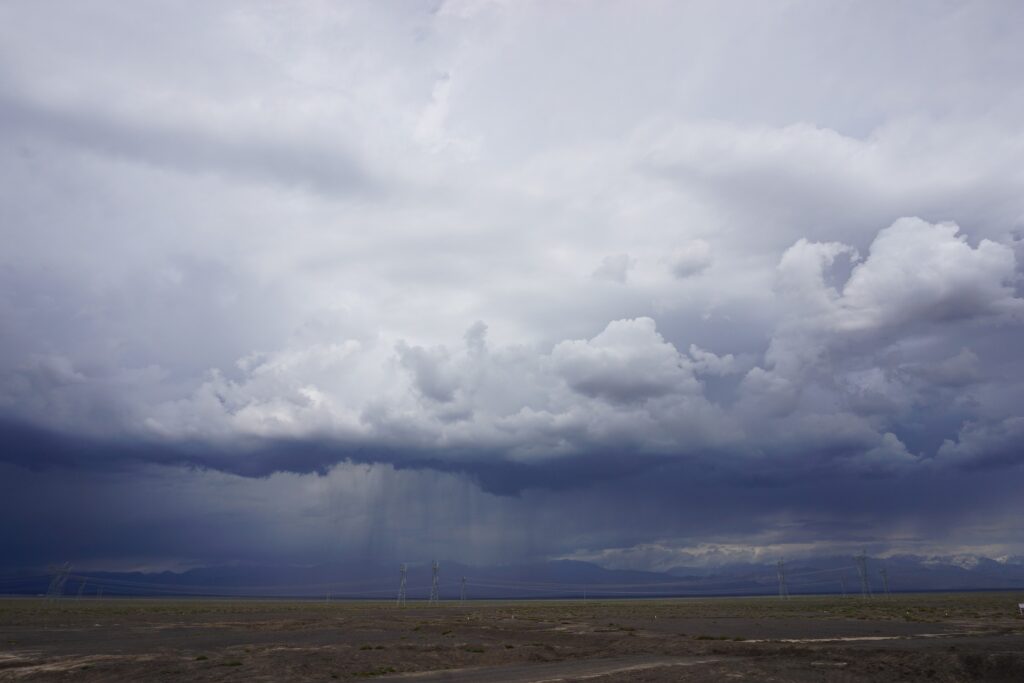Researchers have used computer simulations to demonstrate how weather phenomena such as sudden downpours could potentially be modified by making small adjustments to certain variables in the weather system.
Led by the RIKEN Center for Computational Science, the project used the ‘butterfly attractor’ system from chaos theory, where a system can have one of two states and switches back and forth depending on small changes in certain conditions.
To perform the work, the RIKEN team ran one weather simulation, to serve as the control of ‘nature’ itself, and then ran other simulations, using small variations in a number of variables describing the convection – how heat moves through the system – and discovered that small changes in several of the variables together could lead to the system being in a certain state once a certain amount of time elapsed.
Takemasa Miyoshi, team leader at RIKEN, said, “This opens the path to research into the controllability of weather and could lead to weather control technology. If realized, this research could help us prevent and mitigate extreme windstorms, such as torrential rains and typhoons, whose risks are increasing with climate change.
“We have built a new theory and methodology for studying the controllability of weather. Based on the observing system simulation experiments used in previous predictability studies, we were able to design an experiment to investigate predictability based on the assumption that the true values (nature) cannot be changed, but rather that we can change the idea of what can be changed (the object to be controlled).
“In this case we used an ideal low-dimensional model to develop a new theory, and in the future we plan to use actual weather models to study the possible controllability of weather,” he said.
According to RIKEN, present methods for weather modification have had limited success. Seeding the atmosphere to induce rain has been demonstrated, but it is only possible when the atmosphere is already in a state where it might rain. Geoengineering projects have been envisioned, but have not been carried out due to concerns about what unpredicted long-term effects they might have.
The work, published in the journal Nonlinear Processes of Geophysics, was done as part of the Moonshot R&D Millennia program.



